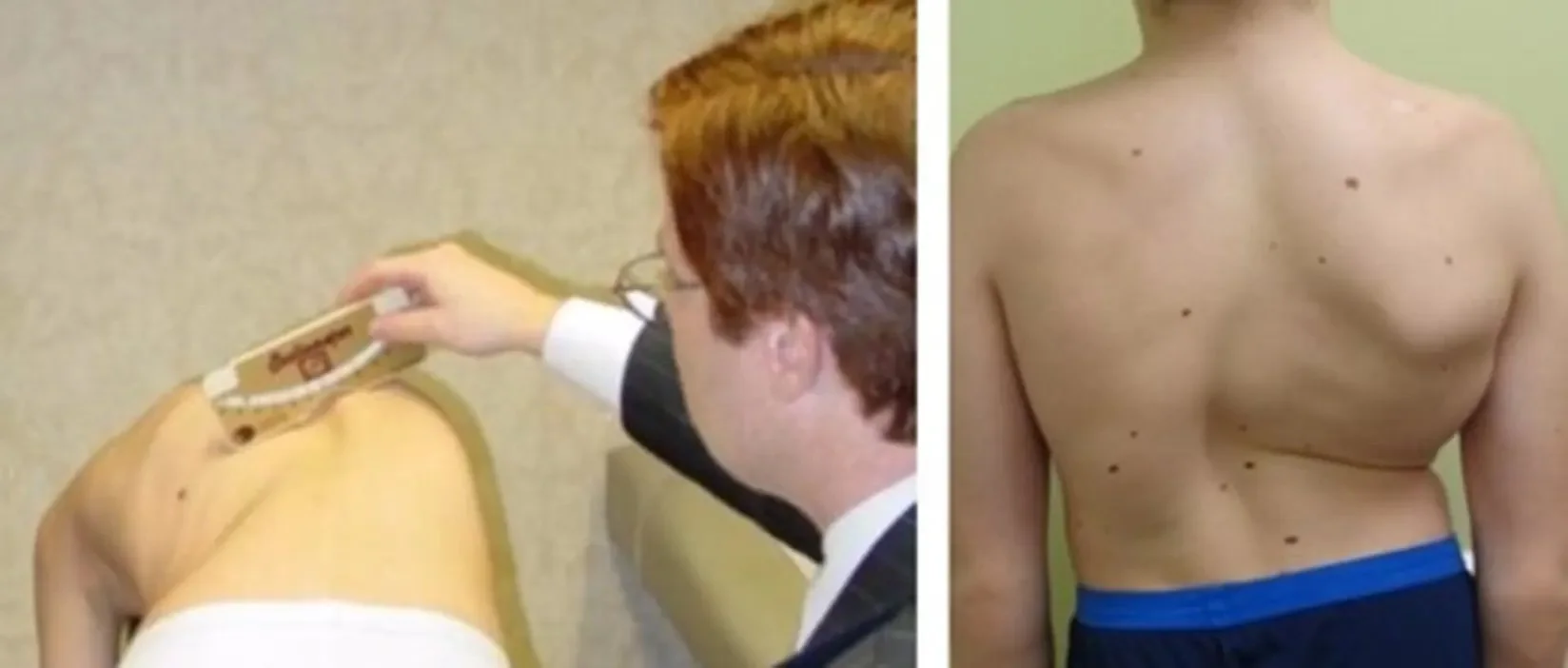Understanding Paediatric Scoliosis
What is Paediatric Scoliosis?
Paediatric scoliosis is a spinal condition in which a child’s spine curves sideways by 10 degrees or more. While a healthy spine appears straight in the frontal plane, scoliosis causes a noticeable curvature, which may take the shape of a single "C" or a double "S." This condition also has a three-dimensional aspect, often leading to thoracic hypokyphosis, lordosis, and spinal rotation, which can result in rib or lumbar prominence.
Scoliosis typically develops between the ages of 10 and 15, affecting both boys and girls equally. However, girls are nearly ten times more likely to experience progressive scoliosis requiring medical intervention.
Types of Paediatric Scoliosis
Paediatric scoliosis is categorised based on its cause. The four primary types include:
1. Idiopathic Scoliosis
Idiopathic scoliosis accounts for about 80% of all paediatric scoliosis cases. The condition is genetically influenced and classified by the age of onset:
Infantile (0–3 years): Represents 5% of idiopathic cases, affecting boys and girls equally. Most cases resolve on their own, though some may require treatment.
Juvenile (3–10 years): Accounts for 10–15% of cases. If left untreated, curvatures of 30 degrees or more often progress.
Adolescent (10–18 years): The most common form, seen in 2–3% of adolescents. Curves progress most rapidly during growth spurts, with severe cases continuing to worsen into adulthood if untreated.
2. Congenital Scoliosis
Congenital scoliosis results from vertebral abnormalities formed during fetal development (4–6 weeks of gestation). It affects approximately 1 in 1,000 newborns. This condition can involve:
Failure of vertebral formation (leading to hemivertebrae)
Failure of segmentation (resulting in spinal fusion or congenital bars)
A combination of both Children with congenital scoliosis may also have related heart, kidney, or nervous system abnormalities. Progressive cases often require surgery.
3. Neuromuscular Scoliosis
This type occurs in children with conditions affecting the nervous or muscular systems, such as cerebral palsy, muscular dystrophy, or spinal cord injuries. The spinal curve in these patients is often progressive and may continue worsening into adulthood if left untreated.
4. Syndromic Scoliosis
Syndromic scoliosis is associated with genetic syndromes like Marfan syndrome, Ehlers-Danlos syndrome, Noonan syndrome, Prader-Willi syndrome, and Down syndrome (Trisomy 21). The severity of scoliosis varies widely depending on the underlying condition.
Diagnosing Paediatric Scoliosis
Scoliosis diagnosis involves a thorough assessment, including:
1. Medical History:
Symptoms and concerns
Family history of scoliosis
Medications and past medical conditions
2. Physical Examination:
Measurement of height, weight, and vital signs
Observation of spinal alignment
Neurological evaluation (strength, reflexes, and sensation)
Adam’s Forward Bend Test: A common screening tool to assess spinal rotation and asymmetry.
3. Imaging Tests:
X-rays: The standard diagnostic tool, using the Cobb method to measure curvature.
CT Scans: Provides detailed images of spinal abnormalities, especially for congenital scoliosis.
MRI: Recommended for early-onset or rapidly progressing scoliosis to detect any associated spinal cord abnormalities like tethered cord or Chiari malformation.
Treatment Options for Paediatric Scoliosis
Treatment varies depending on the severity of the curvature and the child’s age:
1. Observation
For curves between 10 and 25 degrees, doctors monitor the spine every 3–6 months to assess progression.
2. Bracing
Bracing is recommended for children with spinal curves between 25 and 40 degrees who are still growing. Braces help slow progression but do not correct existing curvature.
3. Surgical Intervention
Surgery is considered for progressive curves exceeding 40 degrees. Options include:
Spinal Fusion: A traditional procedure that stabilises the spine by fusing vertebrae together.
Vertebral Body Tethering (VBT): A motion-sparing technique that preserves flexibility and allows continued growth.
Posterior Dynamic Correction: A newer approach that maintains spinal movement while correcting curvature.
For skeletally mature patients, surgery is typically advised for:
Curves ≥ 50 degrees in the thoracic spine
Curves ≥ 40 degrees in the thoracolumbar spine
Conclusion
Paediatric scoliosis is a complex condition that varies in severity and cause. Early detection is crucial for effective treatment, as mild cases may require only observation, while progressive cases may need bracing or surgery. If you suspect scoliosis in your child, consulting a specialist can ensure timely intervention and the best possible outcome.



